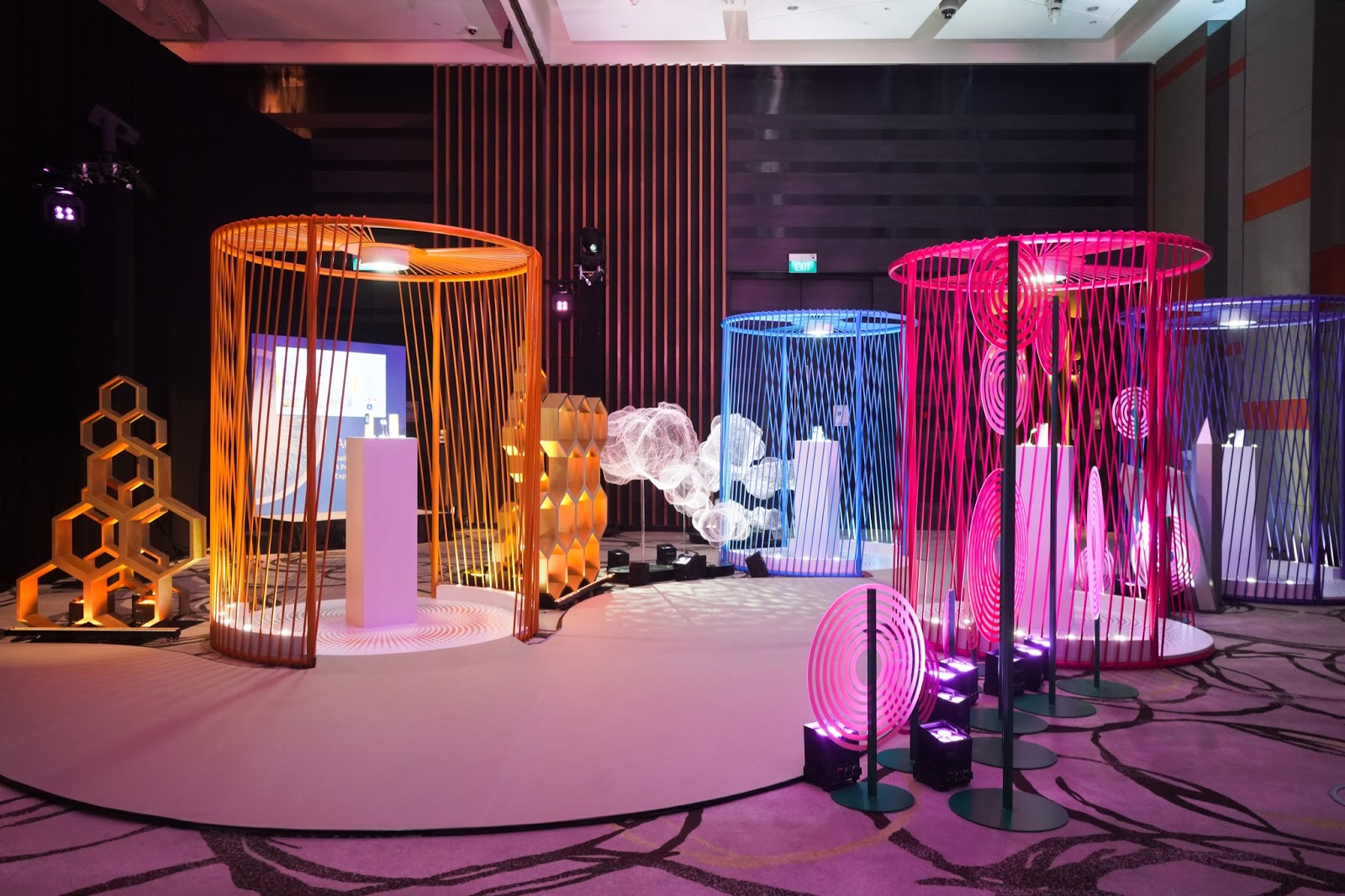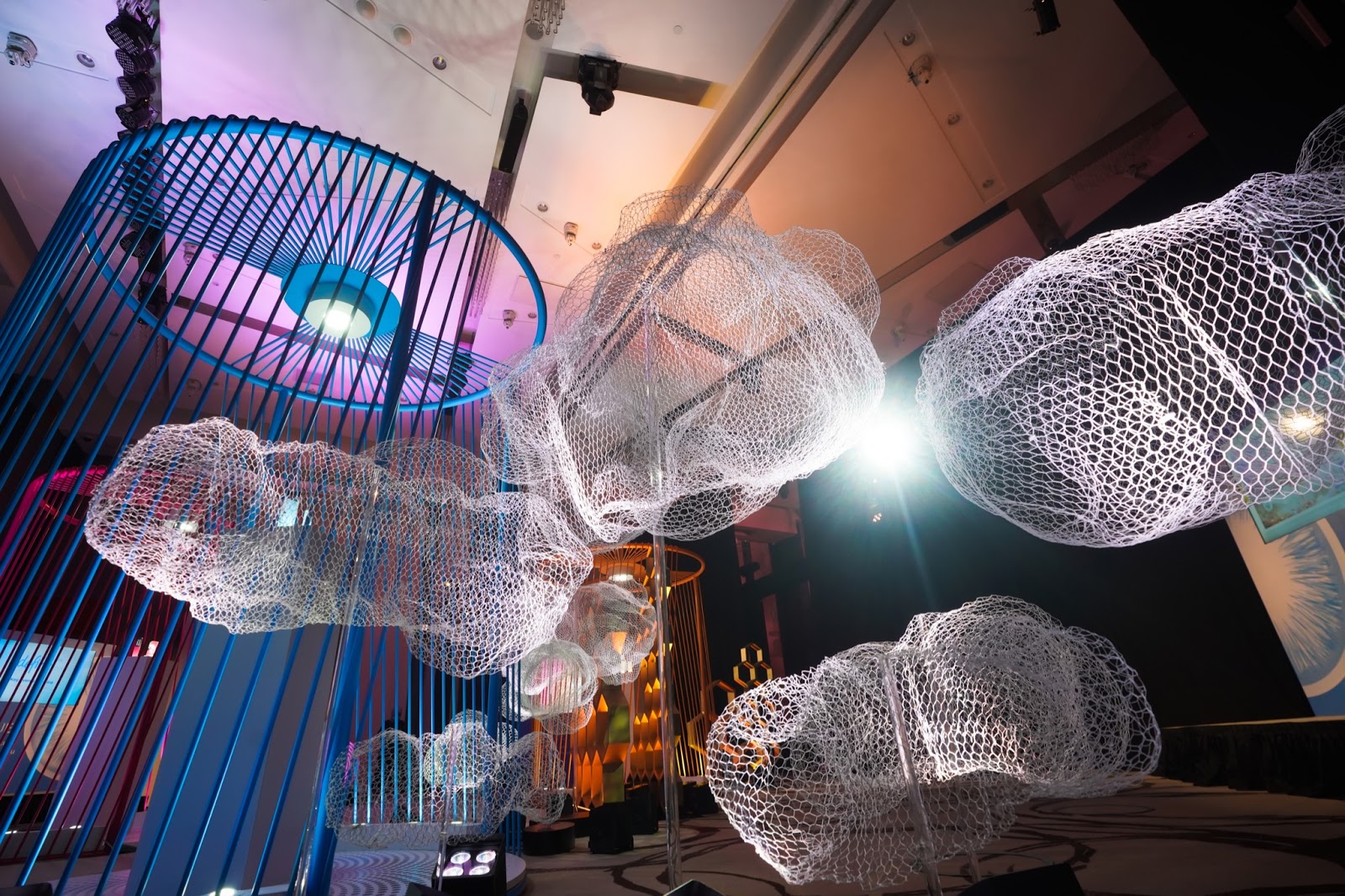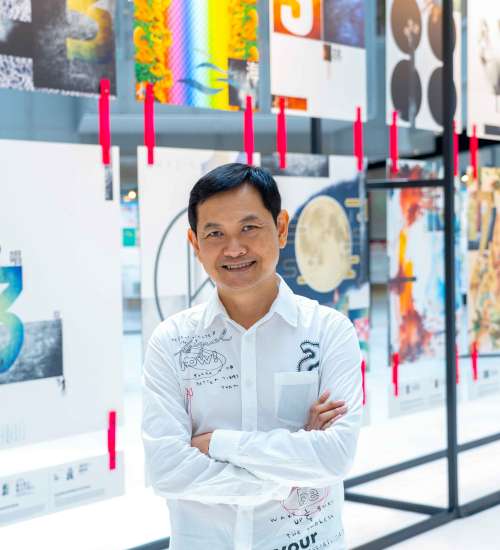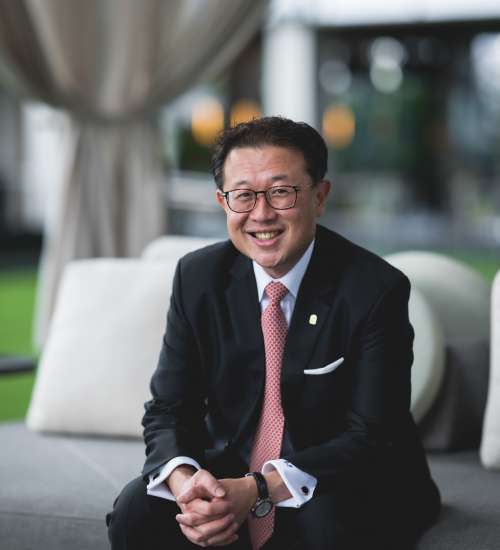For close to two decades, Juliana Mattar has been in the business of experiences and emotions as the CEO of Motion For Impact, an agency that specializes in developing sensorial brand experiences for clients. Everything Motion For Impact does is driven by the fact that people are people wherever they may be, from formal business settings to casual get-togethers, and are always using their senses to navigate the world.
By understanding this human quality, Motion For Impact tries to evoke the same energy people get from watching a gripping performance and translates it into a brand event. By listening to music or looking at beautiful art, this allows businesses to boost engagement with audiences by truly immersing them in a brand story to create a lasting impression.
How did Motion For Impact come about, and what milestones has the company achieved?
I founded Motion For Impact in 2004 and we work with both B2B and B2C clients who wish to take a unique approach to customer and stakeholder engagement by creating sensorial brand experiences that tap directly into the core of what makes us human.
We’ve had many things to celebrate throughout our journey to date, however, there are a few moments that stand out. First, I’ve been privileged to manage exceptional talent with global experience in areas like design, production, and communications. We’ve scaled back and forth in size over the years to align with client demands, but every addition to the team has been indicative of our increasing capabilities.
Looking back, other critical milestones have of course come with landing major clients. Particularly memorable was our first engagement with Hilton, which started with a one-off video production project on an extremely tight timeline. We took it on because we believed that we could deliver the narrative needed to move their audience, and we fully resonate with the Hilton mission, which is “to fill the earth with the light and warmth of hospitality – delivering exceptional experience – every hotel, every guest, every time.” This mission really resonated with our service values. The project was a success and opened the door for us to the wider Hilton community where we’ve managed several large-scale projects over the years.
(Related: Benjamin Soh of STACS on making a difference)
How do you develop concepts for your clients and what are the primary considerations for the development of said concepts?
The first and most important part of the process is our discussion with the client to find out how they want to move their audiences and make people feel as an outcome of the experience. Before we start planning, we do research to pick up on the cues the audience is giving us about how they will best respond to an experience. With these insights, we begin to develop a plan that impacts all five senses throughout the journey of engagement, which we believe is as important as the destination. And the sixth sense fulfils the journey of one, who experiences it as a whole.
Our clients are very involved in this process as they are the champions of their brand culture. We strive to perform alongside them and make sure they know they’re never alone as we co-produce experiences to move the human spirit and their audience into action. Our partners have told us that they find the Motion team to be authentic and warm, and we consider this part of our success. We want the partners we’re working with to feel something too.
Tell us more about the memorable projects you’ve worked on and how the sensorial experience comes into play.
In June 2021, Motion brought to life Othertopias, the launch of a new collection of Aesop fragrances in the form of a sensorial exhibition for media and business partners. This global launch marked a milestone in Aesop’s journey into the development of fragrances, celebrating the brand’s latest collaboration with French perfumer Barnabe Fillion.
With an acute understanding of the brand and its sensibility, we designed an experiential journey that captured Aesop’s understated elegance and intelligence. We delivered a combination of both technical expertise and sensory considerations; a light touch approach that was the cornerstone of the immersive experience. The event consisted of four main zones. The first three introduced the new fragrances set against alluring, abstract films by Italian filmmaker Davide Quayola, who explores the tension between actual and artificial spaces through video, computer software, and installation. The final segment comprised displays of Aesop’s fragrance family. The exhibition demonstrated the transportive power of scent; one that distilled space and time, unlocked new worlds, and reminded visitors of their imagination’s resolute potential to take them beyond the here and now.
We also worked with Paperspace Asia, a design consultancy that helps businesses develop optimal hybrid work environments, by spearheading branding and communications strategy. The Office, Disrupted was a curated exhibition and panel discussion series that explored and reimagined the hybrid workspace in the wake of the pandemic.
Why do people react positively to 'experiential events'? What aspects of 'experiential events' are particularly important?
People use the same senses to navigate through life, regardless of who they are, what they do, and what setting they are in. We are human beings in a corporate board room as much as we are at home with family and friends.
Feelings are part of what moves people into action, such as buying something we desire or investing in a company. These principles of what makes us human have always been true, but never more so than in 2020 and 2021 as people emerge from various states of lockdown. Many of us are craving an authentic human connection that we’ve been unable to get over the past year or so, fatigued from remote states of being and an over-dependence of digital platforms to communicate. For businesses and brands, this makes it an even more critical time for engagement with their audiences and provides them with experiences to help people connect and feel.
What new ideas are you working on to improve your services further?
We’ve seen a lot of evolution over the years and we’re still on a journey when it comes to exploring sensorial experiences, particularly as technology evolves. Overall, we’re intrigued by the ways technology can enable us to reach more people, more frequently, and we recognize that it’s a critical part of the human experience. However, these exchanges are often merely two dimensional. That means we’re constantly looking for ways to incorporate technology to enhance experiences while making sure we don’t detract from the core human elements.
We also have a vision of how tech can help us in the process of creating experiences. For example, by finding ways to analyse data from past events to provide us insights for future ones. Additionally, we’re always driven by our understanding of human behavior and we continue to work on strengthening our methodology by underpinning it with the ‘science behind the senses’. This means being up to date on relevant research, while also working directly ourselves with experts to further develop our approach.













 Back
Back
